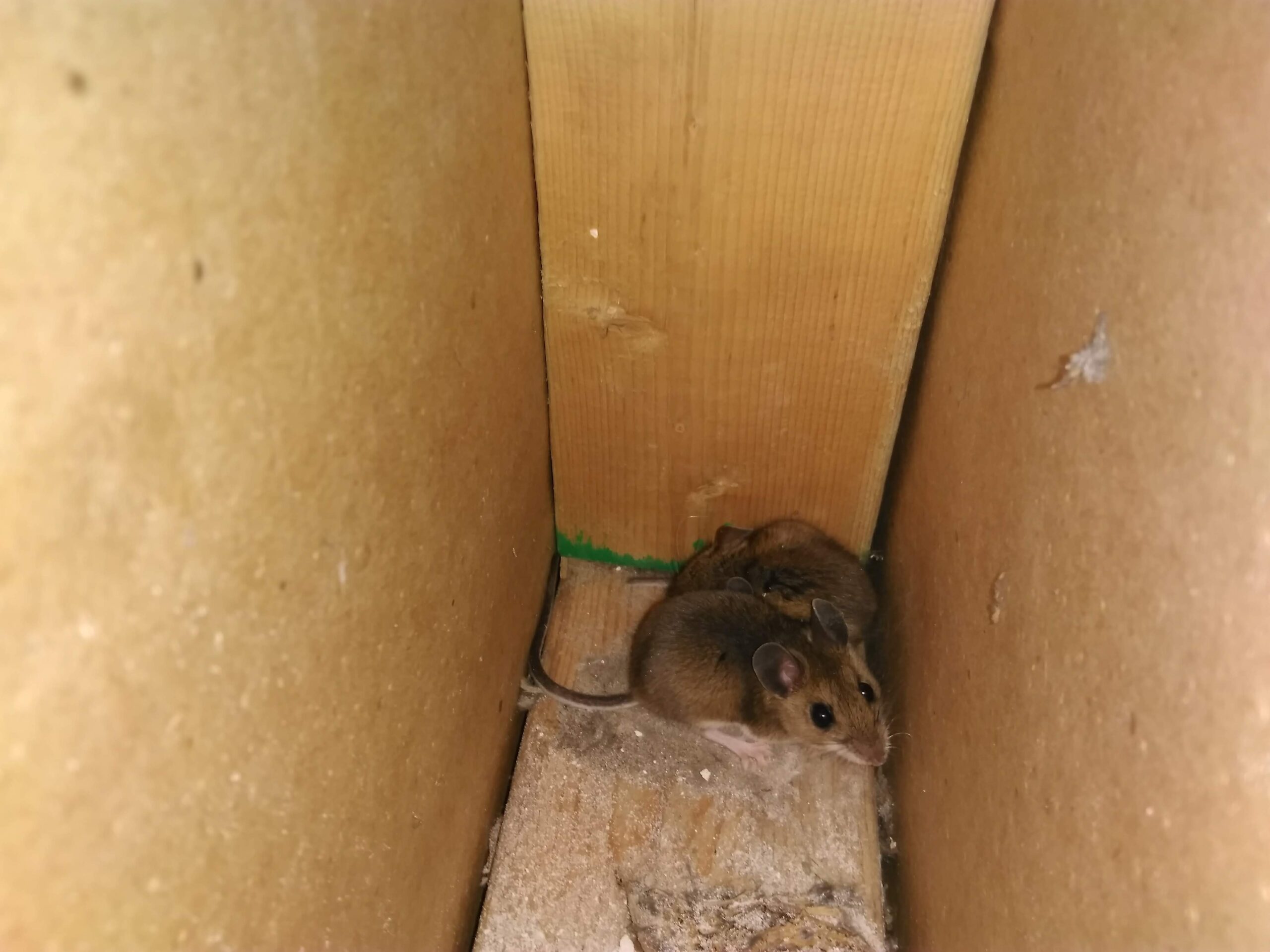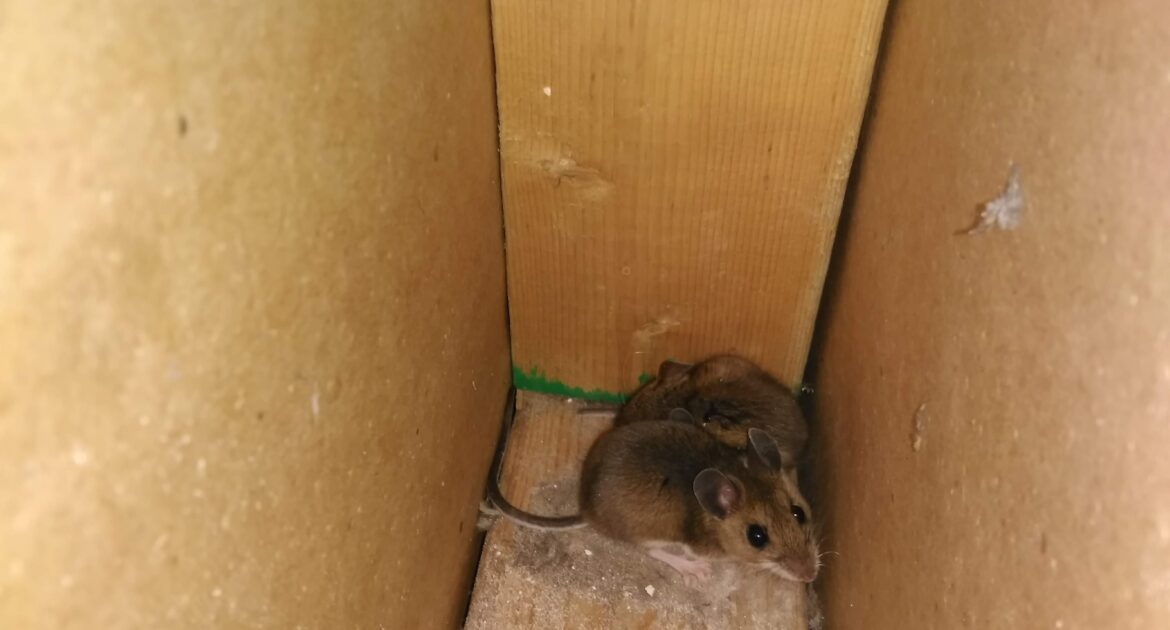Keeping wildlife and pests away from your property is vital to maintaining a healthy home. Although they may not seem threatening, a family of mice can destroy your property, weaken the structural integrity of your home and transmit diseases that have been around since the Middle Ages. Spotting a mouse inside your home is a warning sign that you’ll need to contact a professional for mice control in Kitchener. Mice are omnivorous, and unfortunately, they’re not too fussy about their meals. Mice can devour practically any type of food, but will they dine on your dog’s food?
The Mouse’s Diet
Like most mammals, mice require protein, nutrients, carbohydrates and fibre in their diet to stay healthy and full of energy. In the wild, most of their protein comes from insects and decayed meat, but they also consume a vast amount of seeds, plants and grains. They burrow underground or look for a secluded spot in rotted wood to construct a nest hidden from predators.
In your home, mice expend less energy hunting and more on foraging. Food scraps on the counter, floor or by your garbage cans are delicacies for mice, and they won’t leave the area when they have easy access to sustenance. Dog food is particularly appealing to mice, and if one locates it, another is sure to follow.
The Appeal of Dog Food
Whether it’s dried kibble or wet food, mice love feasting on your dog’s food. With their advanced sense of smell, mice can easily find spilled food on the floor or a bag of food that’s left open on the counter. Since mice and domestic pets have lived in close proximity for centuries, mice have developed a taste for pet food, and most types are beneficial to their health. Dog food has high levels of protein and essential nutrients; it’s the perfect diet for a growing mouse.
Some canines devour all of their food in seconds, and others let their food sit around for hours before they nibble at it again. It’s convenient to leave a topped-off bowl of food in the kitchen at all times, but it can attract rodents and other pests. If your dog eats several times a day, try to clean the bowl after each meal and keep the food in an airtight container or crate.
Although you might see one in the daytime, mice do most of their feeding at night, and you should avoid leaving a bowl of food in the kitchen overnight. If your pet has become accustomed to having a full bowl all the time, it may take a while for the dog to adapt to a new feeding schedule.
The Danger of Feasting Rodents
Preventing a family of mice from eating from your dog’s bowl can keep you and your best friend safe. When mice eat dog food, they can contaminate the entire bowl even if they only feast on a few morsels. The bacteria from the creature’s saliva, feces and urine can multiply quickly in an enclosed area like a dog bowl. The result of the contamination can be life-threatening to your dog and family because mice spread foodborne illnesses, the plague, typhus and rabies.
The Professional Touch
Because of their small stature and humble appearance, mice are not considered dangerous to some homeowners. However, what most people don’t see is the nest lurking behind a wall, attic space or outdoor woodpile. Mice can produce up to 60 babies a year, and with more mice in your home, the chances of contracting a rodent-related disease increase significantly. Mice are not aggressive, but if you approach their nesting area, they’re not afraid to scratch or bite you.
Removing mice and ensuring your home is not invaded are jobs for professional wildlife technicians. Using a DIY approach with toxic commercial products and ineffective traps risks your health and wastes money. When you’re looking for an experienced crew to resolve your rodent problem, you can rely on Skedaddle Humane Wildlife Control in Kitchener.




